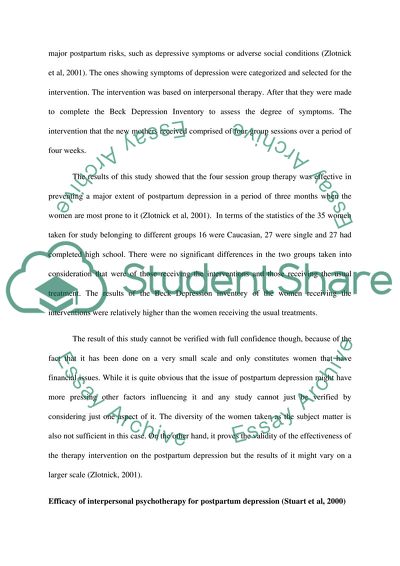Cite this document
(Postpartum Depression Issues Case Study Example | Topics and Well Written Essays - 2250 words, n.d.)
Postpartum Depression Issues Case Study Example | Topics and Well Written Essays - 2250 words. Retrieved from https://studentshare.org/psychology/1742301-research-paper-literature-review-synthesis
Postpartum Depression Issues Case Study Example | Topics and Well Written Essays - 2250 words. Retrieved from https://studentshare.org/psychology/1742301-research-paper-literature-review-synthesis
(Postpartum Depression Issues Case Study Example | Topics and Well Written Essays - 2250 Words)
Postpartum Depression Issues Case Study Example | Topics and Well Written Essays - 2250 Words. https://studentshare.org/psychology/1742301-research-paper-literature-review-synthesis.
Postpartum Depression Issues Case Study Example | Topics and Well Written Essays - 2250 Words. https://studentshare.org/psychology/1742301-research-paper-literature-review-synthesis.
“Postpartum Depression Issues Case Study Example | Topics and Well Written Essays - 2250 Words”. https://studentshare.org/psychology/1742301-research-paper-literature-review-synthesis.


